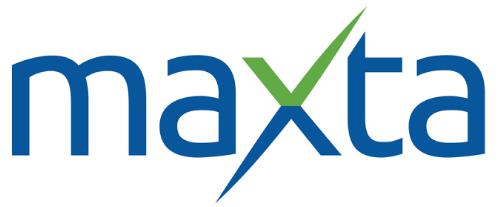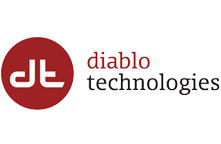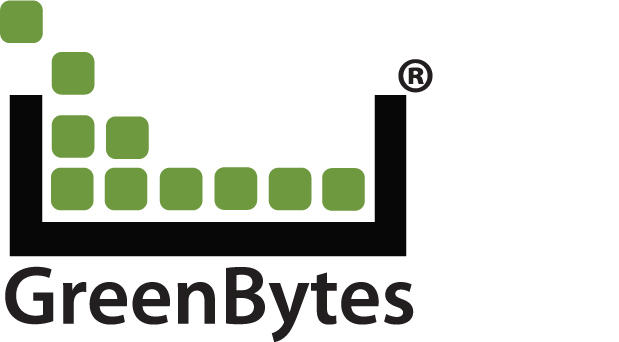 Maxta, interview continued with CEO Yoram Novick
Maxta, interview continued with CEO Yoram Novick
Date: 18 November 2013
Maxta CrunchBase profile
CEO Series
As a part of a larger series, I am interviewing CEOs that lead companies in the field of Storage, Virtualization and Networking. What developments in the market did they see that inspired them to build their company? How will the market develop from here? These questions are on most of our minds, and I am keen on asking leaders in the industry for their views.
In this article, I interview Yoram Novick, the CEO of Maxta Storage.
Maxta
A short introduction to Maxta based on my introductory article of last week.
Maxta offers a software storage solution, that creates a storage layer across server side flash + magnetic storage. The solution works by installing their software on each of the servers you want to include and Maxta creates a storage pool across them.
Magnetic disks are leveraged for capacity and flash is used as a caching layer, with the capability of accelerating both reads and writes. For speed and redundancy, the software replicates writes between the server flash of different hosts, and de-stages to magnetic disks later.
I interviewed Yoram Novick to learn more about Maxta and his views on the storage market
[Read more…]





